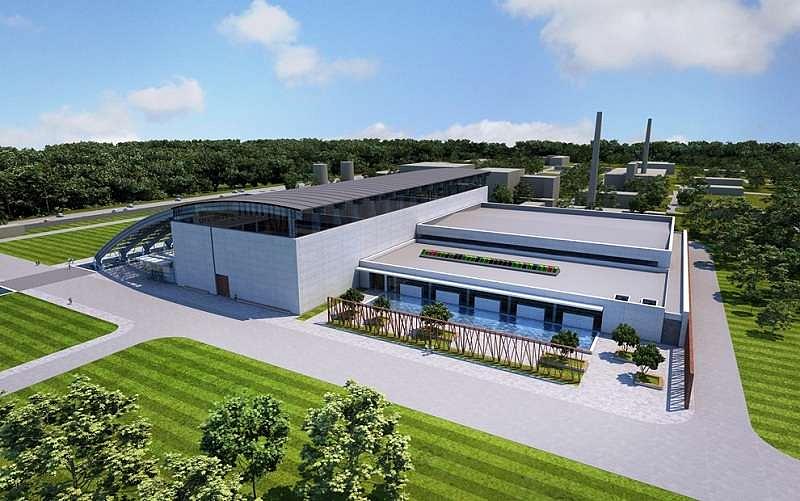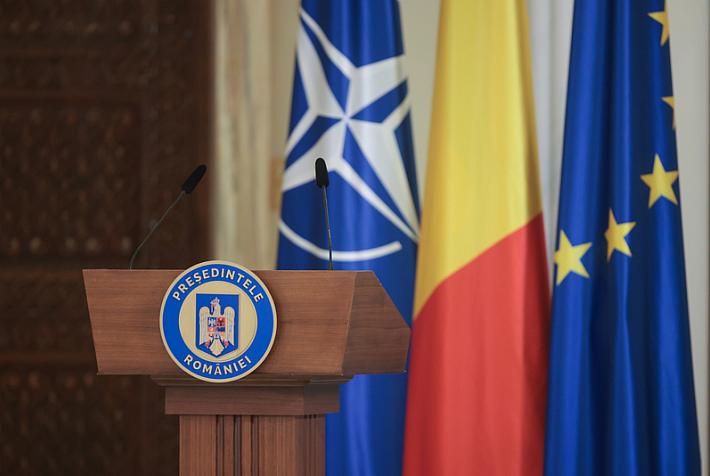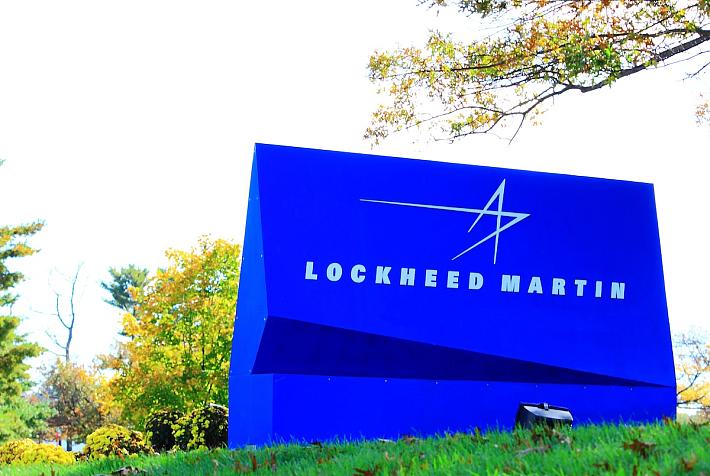Construction work on ELI project to build the world's most powerful lasers gets underway in Romania on Friday

Building work will get underway on Friday (June 14) of the new superlative busting ultra-powerful lasers, which live up to their name, Extreme Light Infrastructure-Nuclear Physics (ELI-NP). What will become the world's biggest and most powerful lasers are to be sited in Magurele, near Bucharest, and in a first phase, the highly specialized buildings needed to house the lasers will be constructed.
Representatives from the Romanian government and the EU will attend the inauguration event on Friday, including European Commissioner for Regional Policy Johannes Hahn, Prime Minister Victor Ponta, Minister of Education Remus Pricopie, Minister for Higher Education, Scientific Research and Technological Development Mihnea Costoiu, Secretary of State for Education Tudor Prisecaru and the head of the Horia Hulubei Institute of Physics and Nuclear Engineering Nicolae Victor Zamfir.
The main building will not be in direct contact with the ground, instead, it will be built on giant shock absorbers to insulate the buildings and the lasers within from any seismic activity. “The main building will be unique in that it will be disconnected from the ground, because no vibration at all can be tolerated. The whole building will rest on a set of shock absorbers and will thus be decoupled from ground, sitting on an ultra- seismic dampening system,” said the Minister for Higher Education, Scientific Research and Technological Development Mihnea Costoiu, quoted by local news agency Mediafax.
The tender for construction work was awarded to a consortium led by Austrian group Strabag's, which also includes Zublin and Aedificia Carpathians. Costoiu told Mediafax that Strabag previous experience in high-tech construction helped the group secure the contract, which the international engineering group won with an offer of just under EUR 65.5 million. The first stage is scheduled for completion in 2014, after which the lasers themselves will be constructed and the facility should be operational sometime in 2017.
Each of the lasers will have a 10PW power rating, or 10 trillion watts. The 10PW power rating is equal to 10 times the total installed power capacity in the world and to run the lasers for one second would require the total power produced by the world's power stations over a two week period. However, the lasers will be fired for incredibly short periods of time – a millionth of a billionth of a second – thus cutting down the project's electricity bill a little.
Two other facilities are being built in Hungary and the Czech Republic, with the whole program receiving financial backing via EU Structural Funds. The Romanian site will focus on laser based nuclear physics, according to the ELI project organizers, “for this purpose, an intense gamma-ray source is foreseen by coupling a high-energy particle accelerator to a high-power laser.”
The total cost of the Romanian ELI-NP facility is estimated at slightly over EUR 356.2 million, with EU funds covering 83 percent of the amount and the remainder supplied by the Romanian state. Funding will be granted in a number of phases over the coming years.
ELI is a European Project, involving nearly 40 research and academic institutions from 13 EU Member Countries, forming a pan-European facility, that aims to host the most intense lasers in the world.
The facility, based on four sites, has obtained a financial commitment exceeding EUR 700 million. The EC has funded the first ELI-pillar, in the Czech Republic, with a budget of just under EUR 290 million.
editor@romania-insider.com













